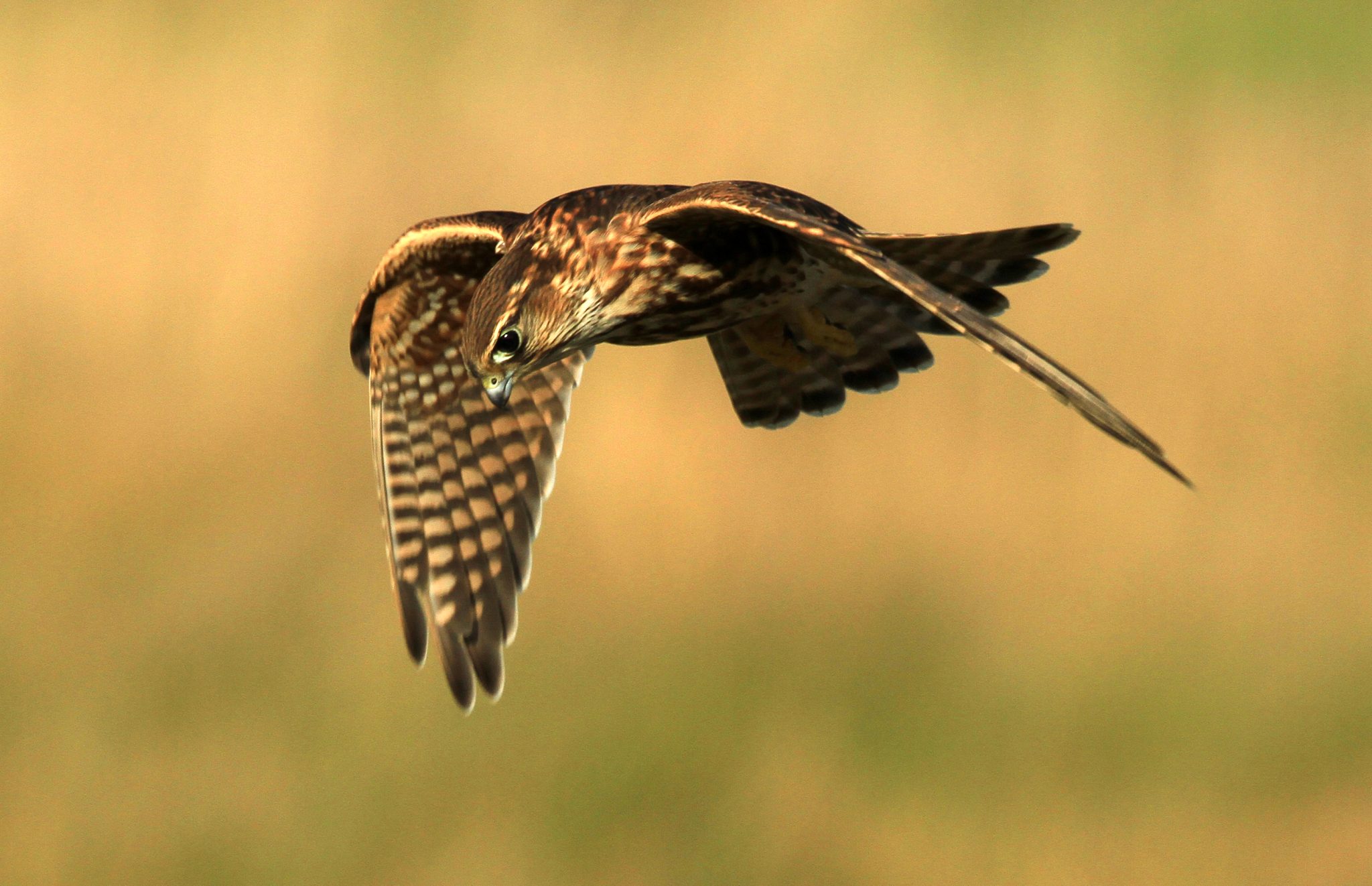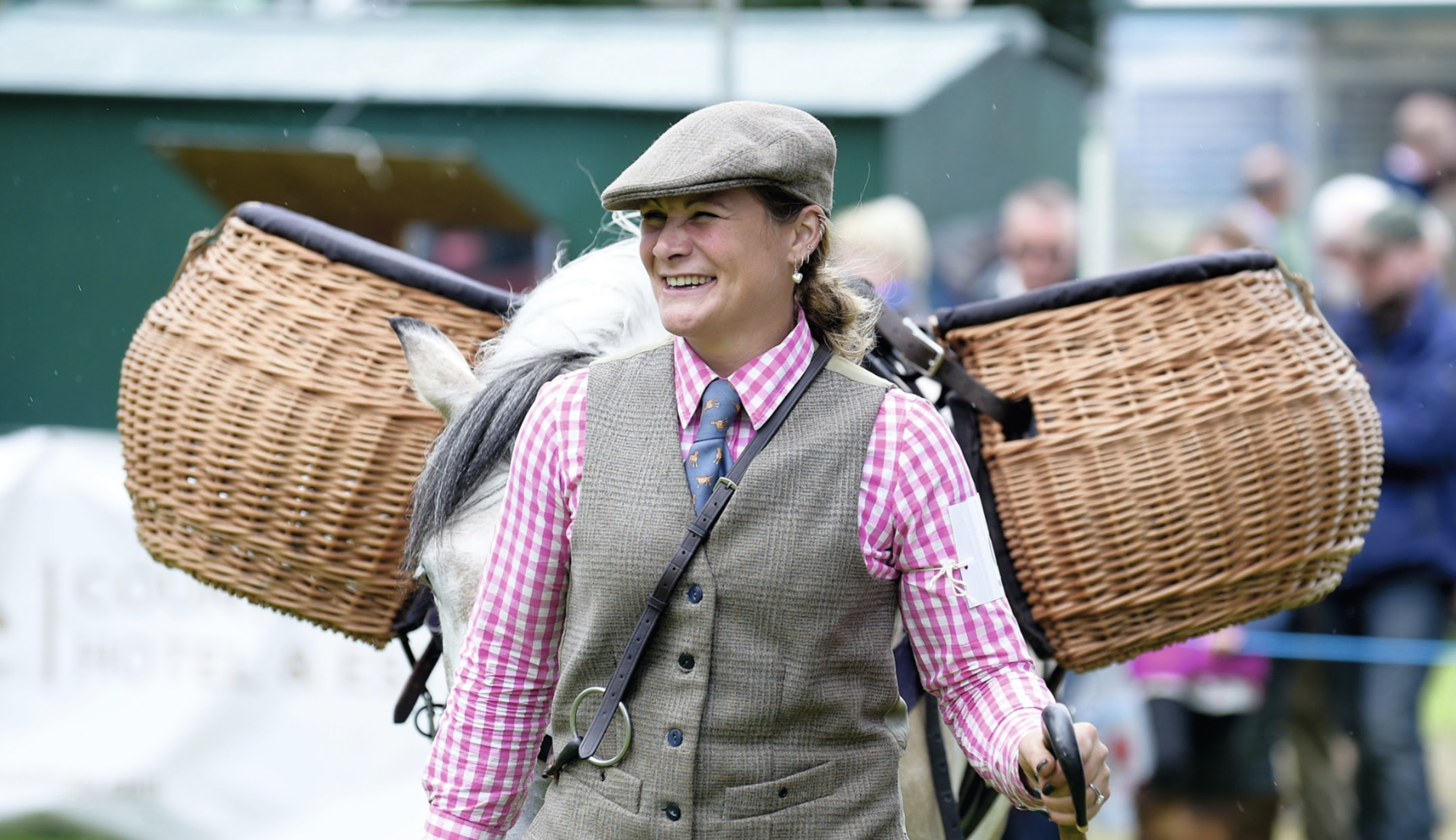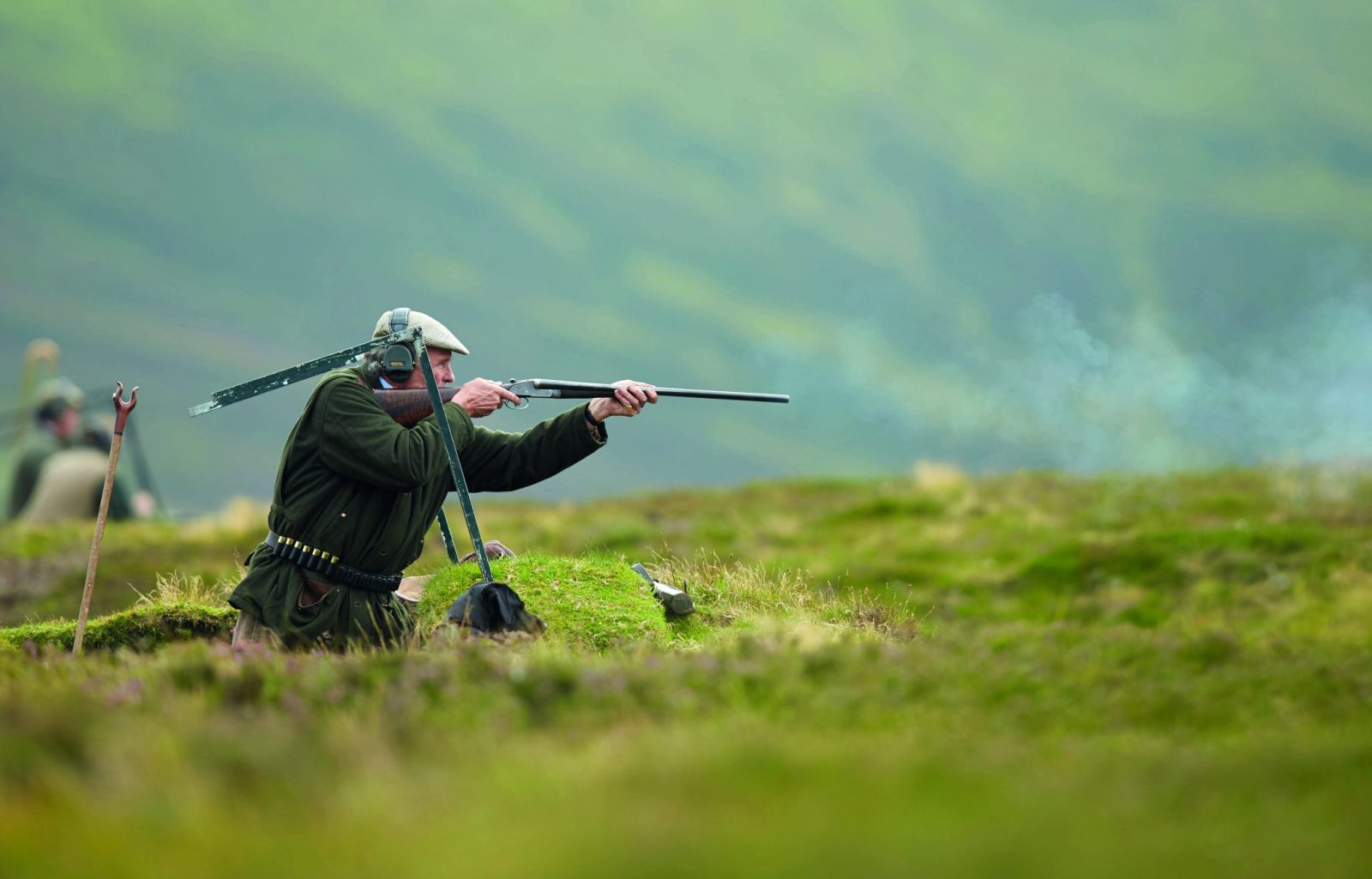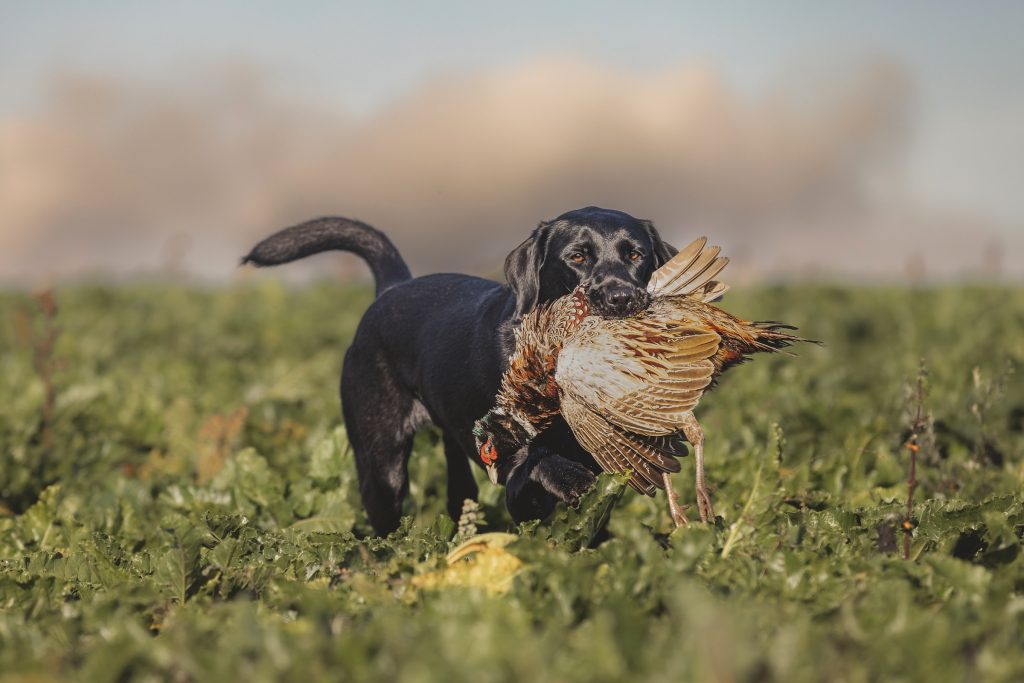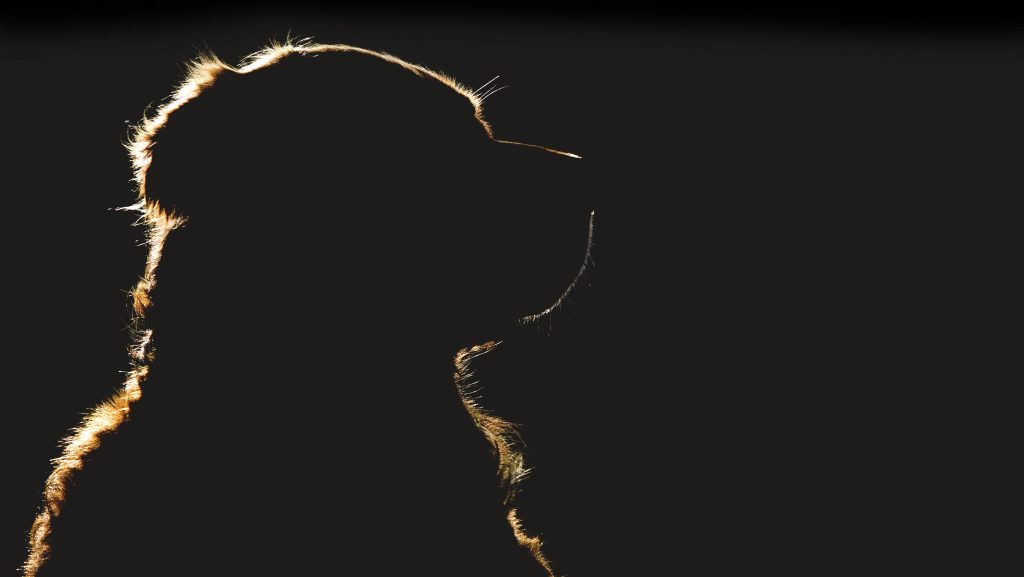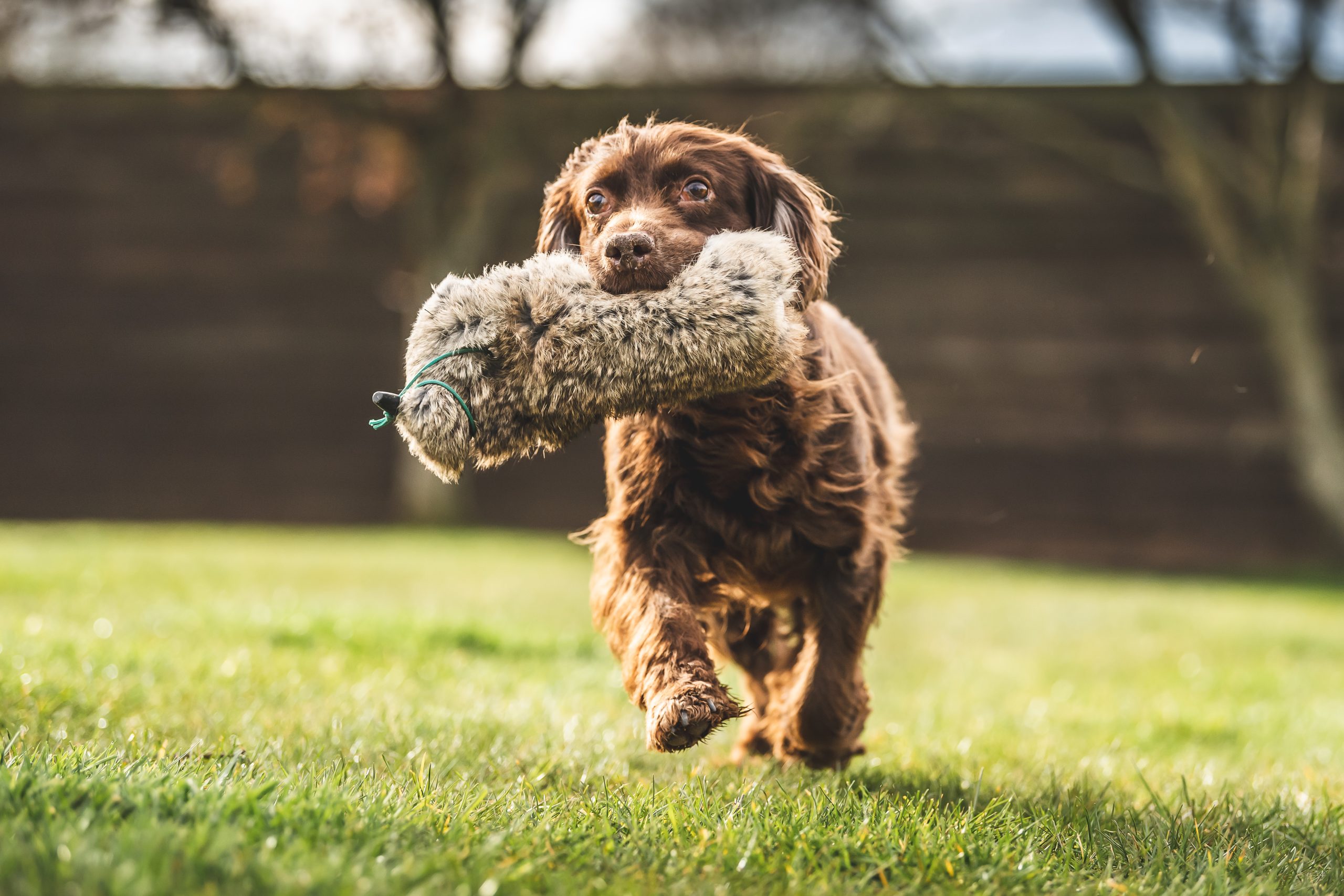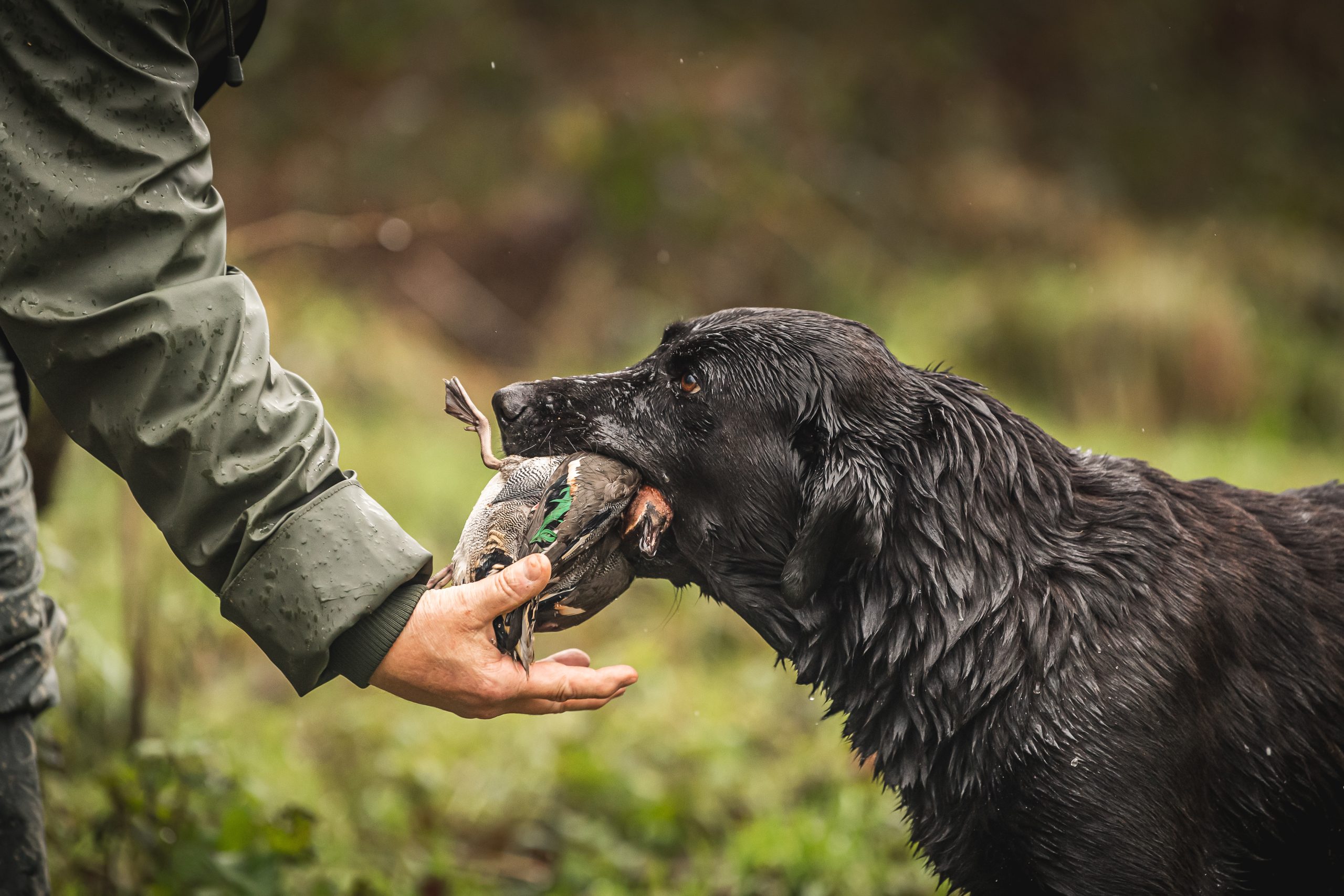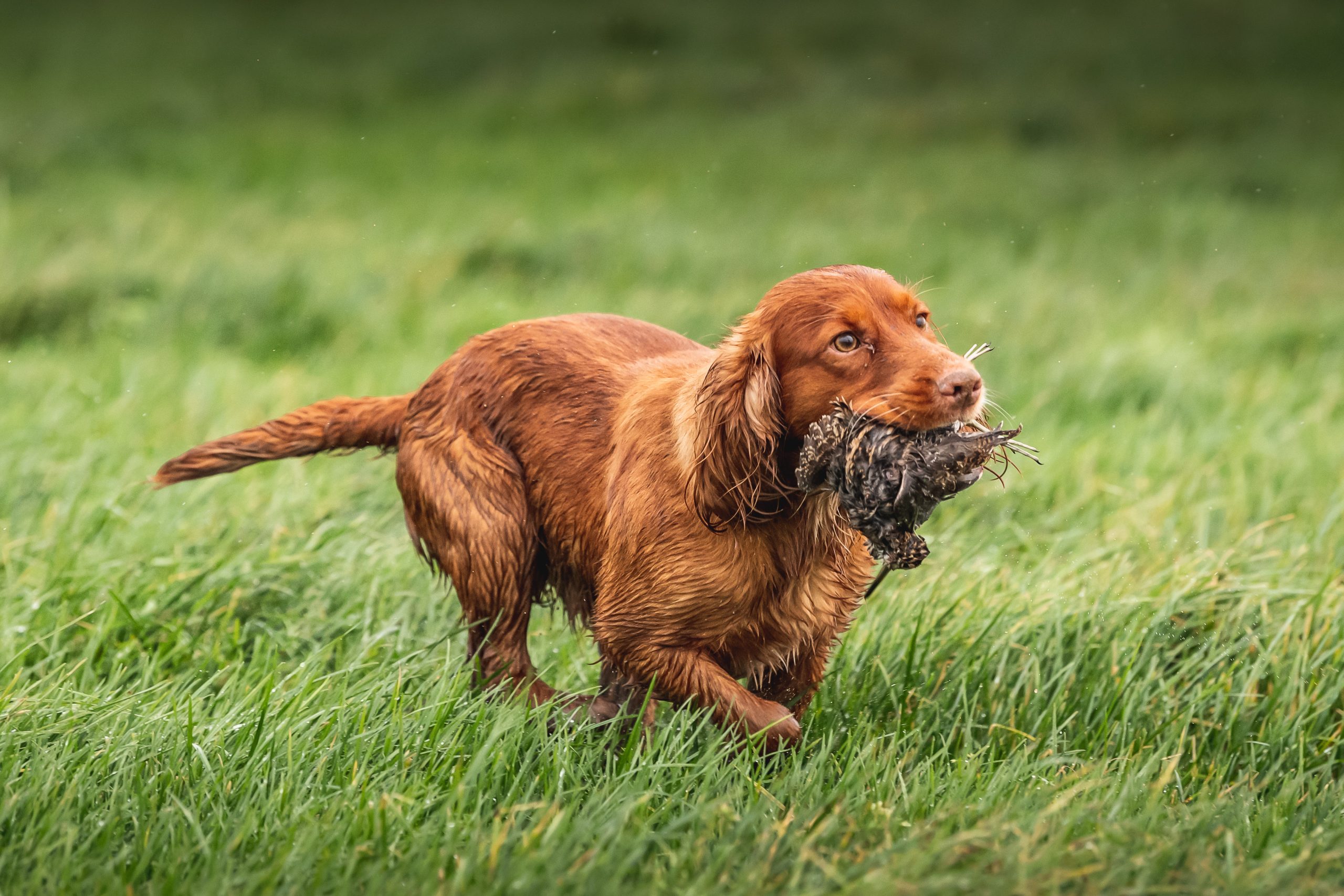Win CENS ProFlex DX5 earplugs worth £1,149 – enter here
Gundogs
Gundog etiquette – picking up birds
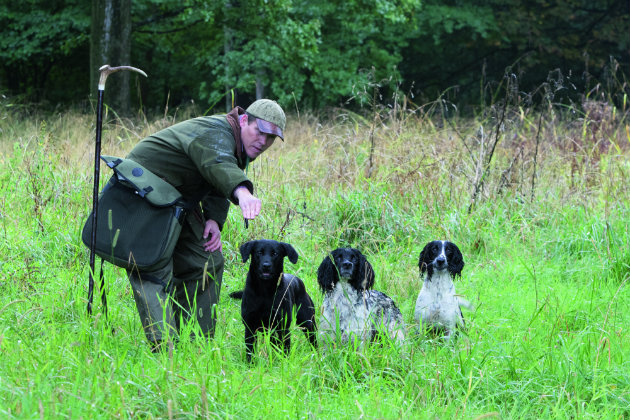
Many novice handlers aspire to be part of a picking-up team, but few are fully aware of the responsibility that comes with working your dog in what is a vital part of a gameshoot. The aim of a good picker-up is not to come back to the gamecart laden with dead birds, but to find those elusive runners and pricked birds.
A good picker-up and his team of dogs will make every effort to sweep an area, not leaving any injured or dead birds behind. It takes dedication and determination as well as a well-trained dog to achieve that aim.
Most shoots will insist that you have more than one dog before joining their team, though there are plenty of smaller shoots where one well-trained dog can make all the difference to the bag. I often get asked what breed of gundog is best for picking-up and that isn’t an easy question to answer. In truth, a lot depends on the kind of cover and terrain of the shoot and how far back the shot birds may land.
I like a mixed team of springer spaniels and Labradors. I tend to use the retrievers for any long runners and the spaniels to sweep up after the drive.
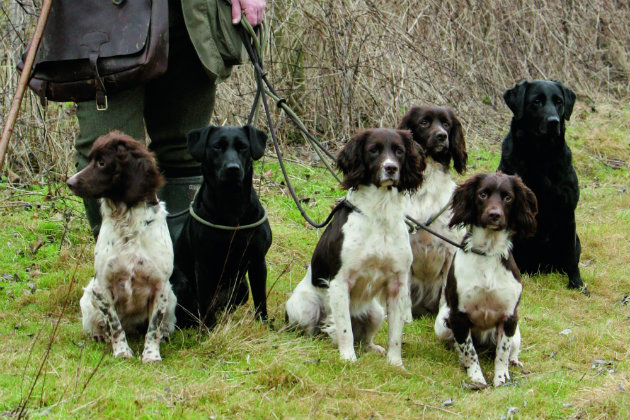
If you think your dog is not entirely steady, it’s best to keep it on the lead, especially if it’s a youngster
Rules and etiquette
If you are new to picking-up, or an old hand but starting on a new shoot, it is a good idea to find out what the rules and regulations are. Every shoot varies on what you should and shouldn’t do, especially regarding picking-up during a drive, and this can change from drive to drive. As a general rule, most shoots don’t like you picking-up during a drive unless you are standing well back from the Guns or tucked away in a wood.
If you are given the go-ahead, be mindful of the pitfalls that can occur. Sending a dog for a lively runner during the heat of a drive can be a recipe for disaster. Even the steadiest of dogs can have an off day and go AWOL, especially early in the season when they are fired up, or towards the end of the season when they think they know it all. Another thing to check is where the head picker-up or the gamekeeper wants you to stand — you should be mindful that the regulars will all have their own “personal” places.
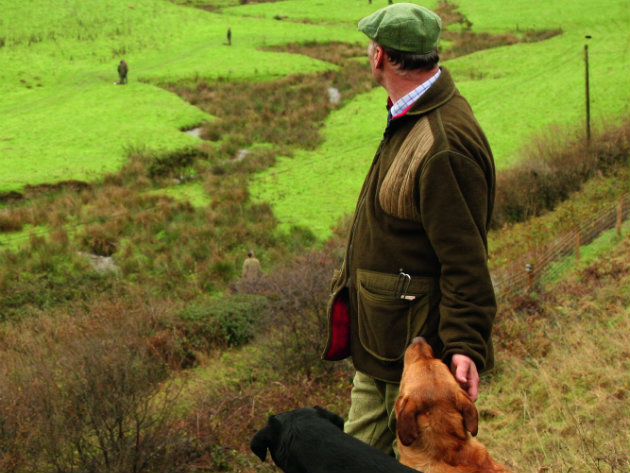
Most shoots don’t like you picking-up during a drive unless you are standing well back from the Guns
Once you have been given your allocated spot, make your way there with the minimum of fuss and noise. I always keep my dogs on the lead until I get to my place, then I sit them up and take off their leads. If you have any doubts about your dogs’ steadiness, don’t take a chance — keep them on a lead, especially if you have a youngster that has just joined your team. You will need all your concentration not only to watch your dogs but also to be on the look-out for any pricked birds.
Guns with their own dogs will, in most cases, want to pick their own birds, especially around the pegs. If you can, it is always worth checking but, if not, it is fairly safe to assume that they will do. But you should still keep an eye out to make sure that they do collect everything because they may well be quickly ushered to the next drive.
It is also good etiquette to offer to take any birds from the Guns, and when you get to the gamecart don’t just dump the birds and walk off. If you have finished your sweep help out in tying up the birds, but keep an eye on your dogs as some can become a bit possessive.
Swapping game
One of the most annoying habits a picking-up dog can have is swapping game. This is when a dog picks-up a bird, runs off with it and puts it down, and then picks-up another bird, runs off with that and does the same thing over and over again.
Eventually it gets back to the handler who, in most cases, is none the wiser. If you have been doing your job properly you and your dogs will have watched the birds fall and will have made a mental note of where they are. When you sweep-up after the drive, you can train your dog to help prevent this from happening.
Steady to dummies and game
Before you get to the stage of using your dog in the shooting field, it should have mastered its basic training, so it should be totally steady to both dummies and game, and obviously be a competent retriever.
It should also have a firm understanding of the “leave it” command.
Place two dummies next to each other and, if the dog tries to swap, be quick and firm with “leave it”
When training your dog not to swap game you should start with dummies. Stand two (or more) dummies on end and in line, and to start with leave a gap of about 25m between each one. Line up your dog and give the command “get out”, and your dog should go straight out and pick the nearest dummy. Once you have the retrieve, line the dog up and send it again.
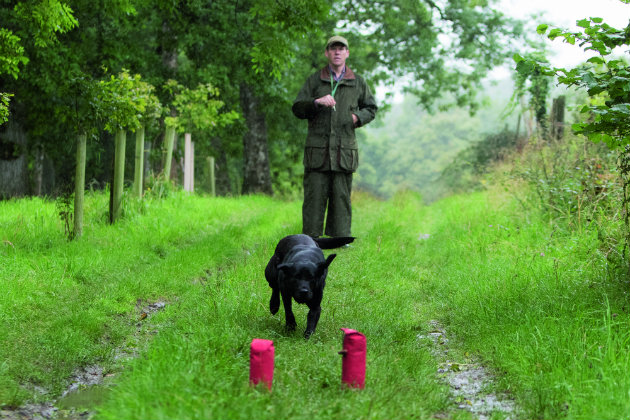
Place two dummies next to each other and, if the dog tries to swap, be quick and firm with “leave it”
Quick with the whistle
Gradually reduce the gap to the point where you have dummies sitting next to each other (above). If at any point the dog tries to go for two dummies or tries to swap them over, be quick and firm with the “leave it” command. As soon as the dog has picked the first dummy, be quick with your recall whistle. This way, the dog doesn’t have time to think about swapping retrieves. Eventually, you should swap the dummies for cold game, and repeat.
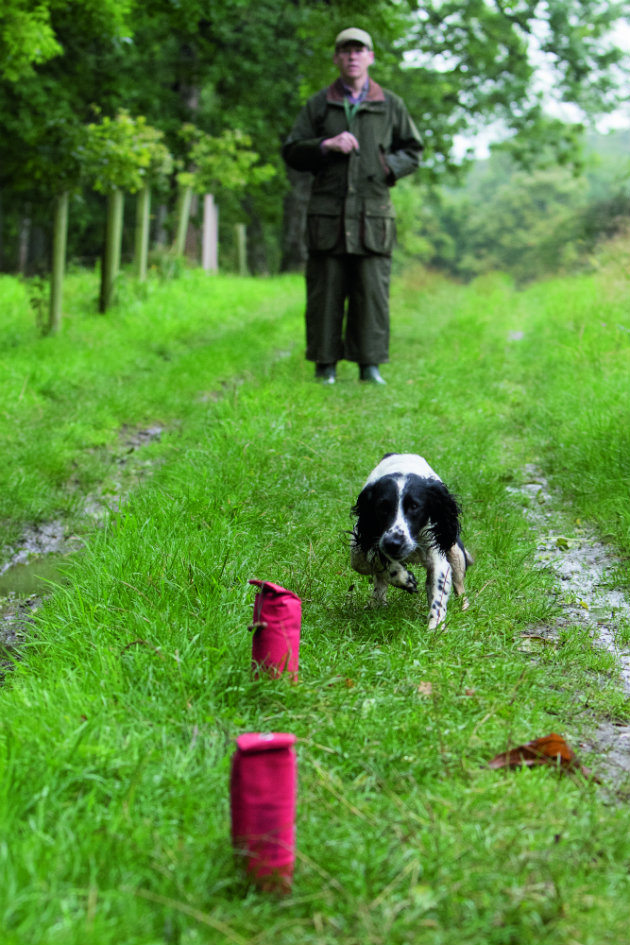
Stand two dummies in line, leaving a 25m gap between them. Line up your dog and give the command “get out” – your dog should go straight out and pick the nearest dummy
About the trainer
Neil Varney is a recognised Kennel Club judge for both spaniels and retrievers, and is the host and spaniel trainer for both the Wiltshire and Dorset Gundog Clubs. He runs his own training group, Twistmount Gundogs in Redlynch, Somerset, and travels the country, giving demonstrations and holding training sessions.

